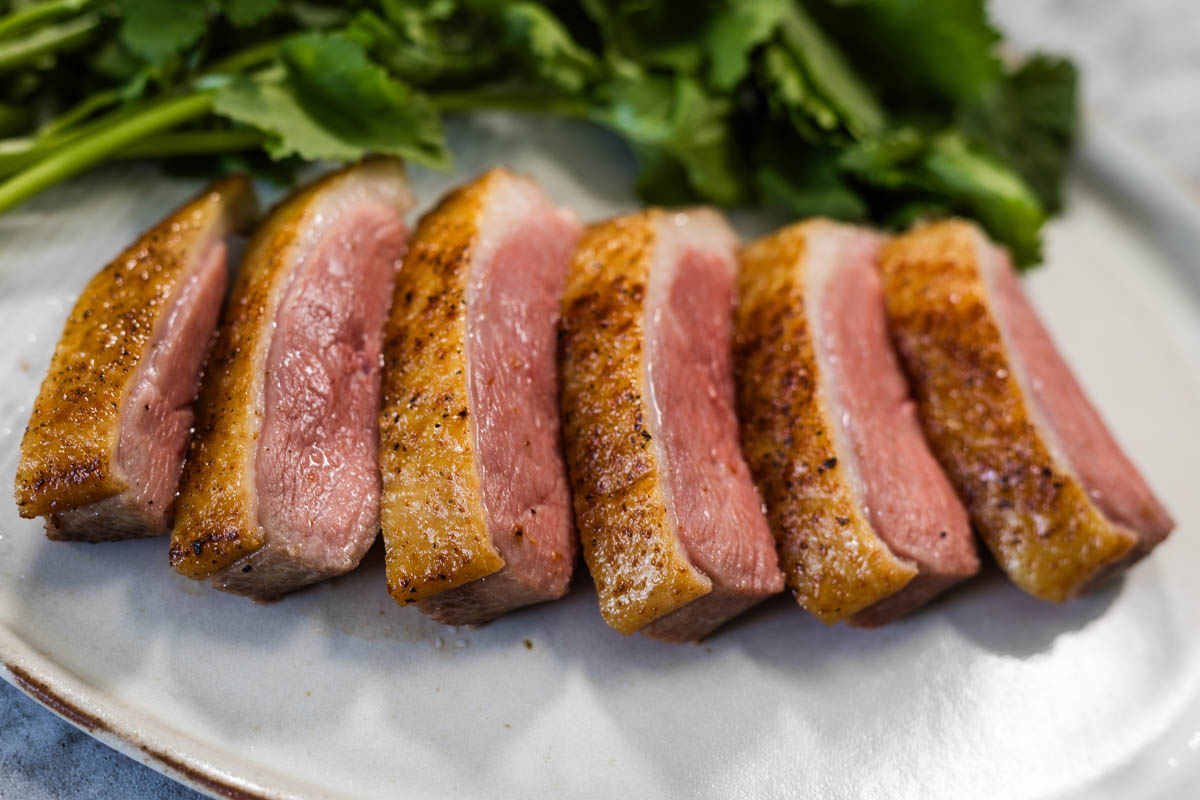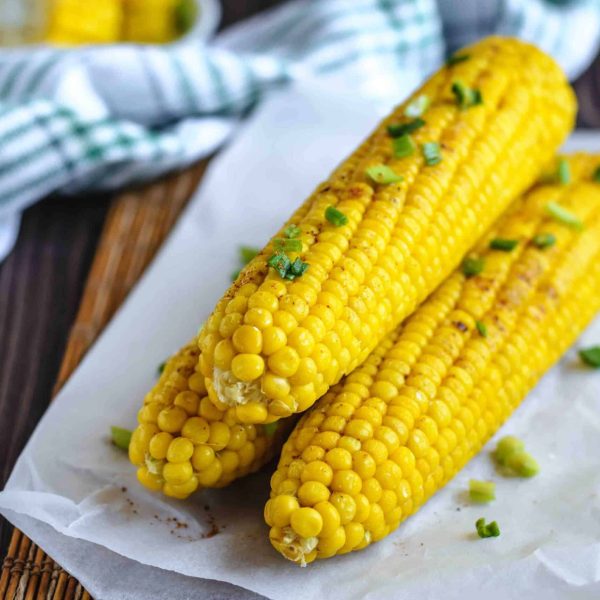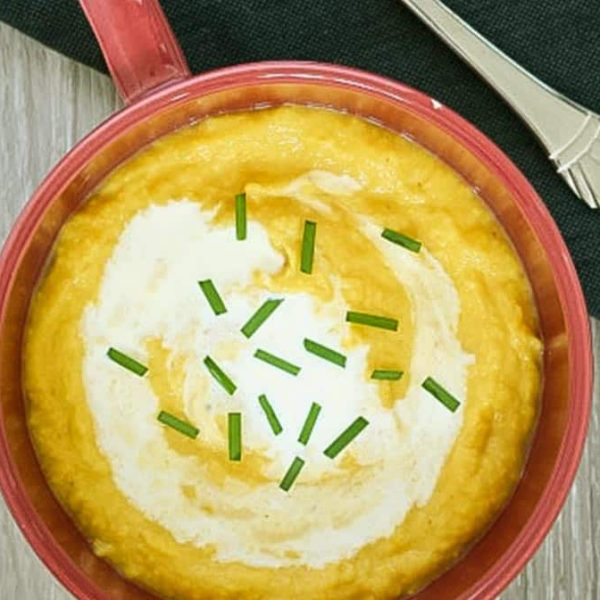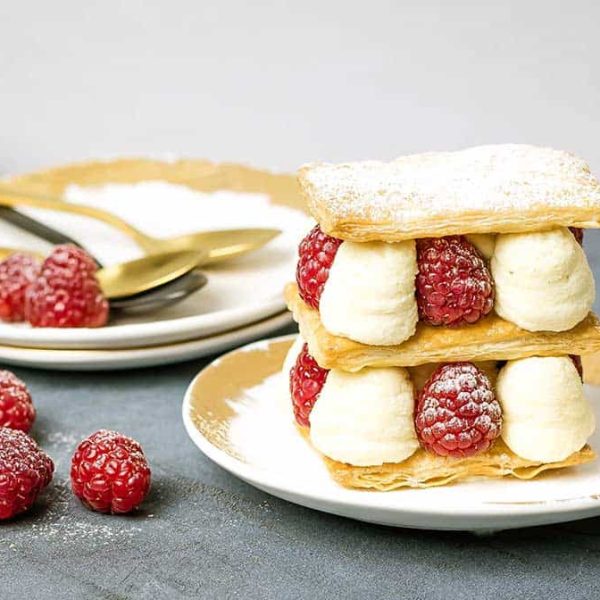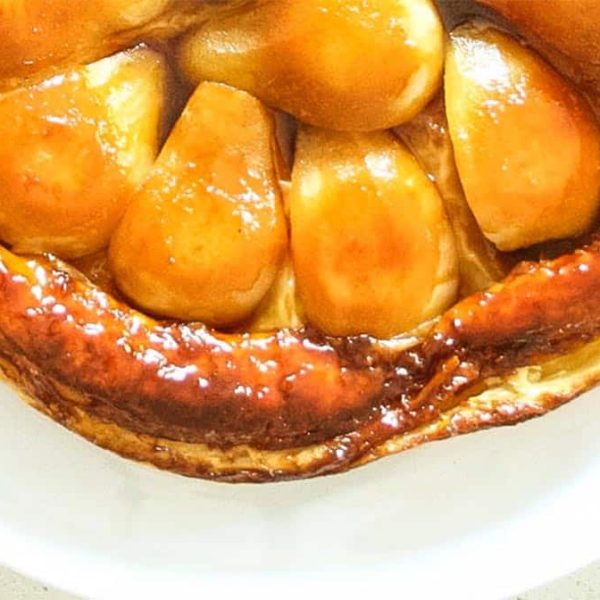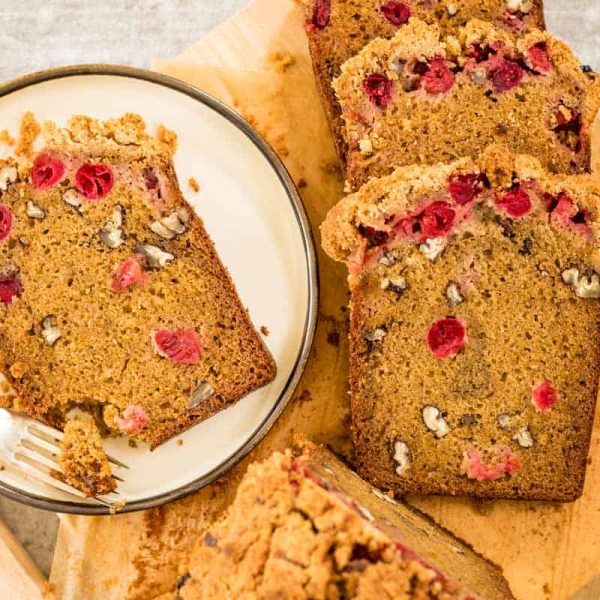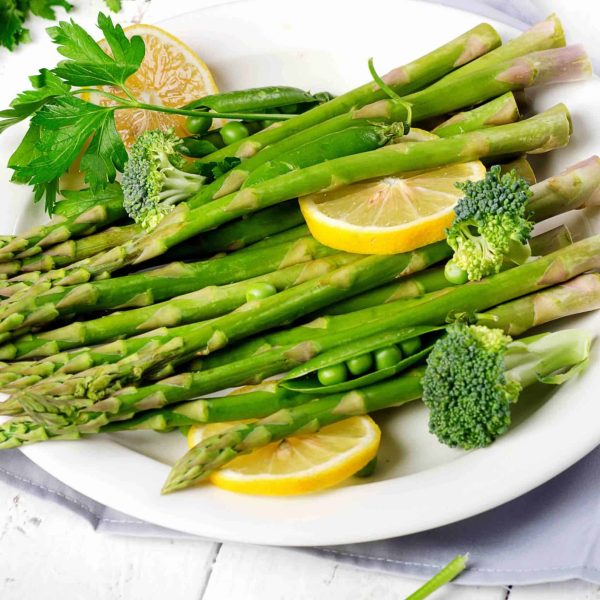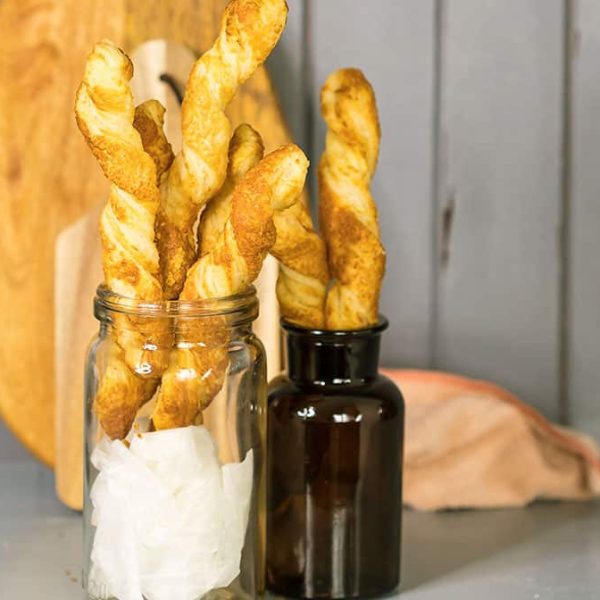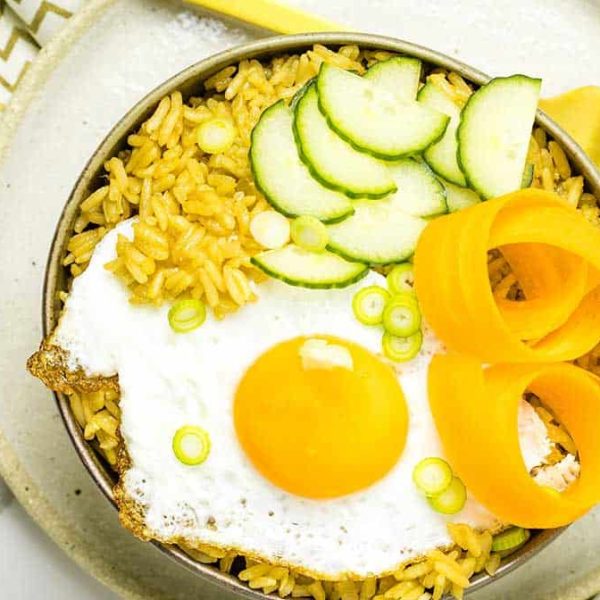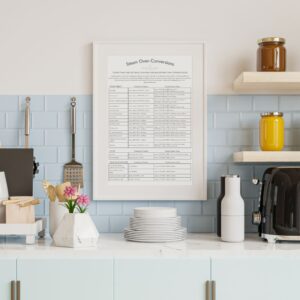Crispy-skinned, tender sous vide duck breast is one of those dishes that feels restaurant-level fancy, but it’s surprisingly easy to make.
The slow, even cooking of steam oven sous vide gives you melt-in-the-mouth meat and helps render some of the fat, setting you up for success when you finish with a quick pan sear for beautifully golden, crisp skin.
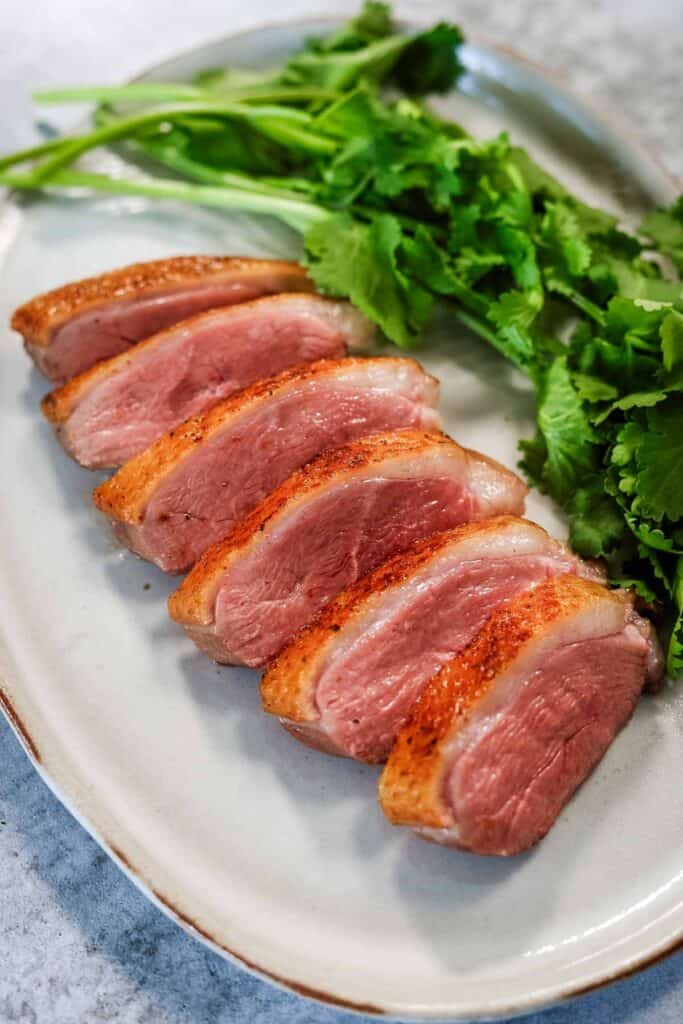
I love eating duck. Ever since I was a kid, if I see it on a menu it’s all but guaranteed that’s what I’ll order. It feels fancy and special, and until a few years ago I honestly thought it was something that was too hard to cook nicely at home.
Imagine, then, how happy I was to discover that sous vide duck breast is alarmingly simple to cook, and produces genuinely restaurant-quality results every time.
Why you’ll love cooking sous vide duck breast with crispy skin
- Cooking sous vide duck breast in your steam oven removes all the guesswork from perfect medium-rare meat. You’ll never have to worry about overcooking or ending up with chewy meat. The gentle heat keeps the duck’s texture tender and juicy, and the skin crisps up perfectly when finished in a pan.
- The sous vide method is ideal for entertaining because the duck can be cooked hours (or even days!) ahead of time, chilled, and then finished just before serving. It’s a very low-stress way to make something truly impressive, whether you’re feeding a few people or a crowd.
Why does sous vide duck work well in a steam oven?
Steam oven sous vide gives you precise, steady temperature control and consistent humidity, so the duck breast cooks evenly from edge to center without drying out. The gentle heat helps render some of the fat during the long cook, keeping the meat tender and juicy. Steam oven sous vide maintains the necessary low cooking temperatures without needing a water bath or immersion circulator, so it’s a cleaner, simpler way to achieve professional-quality results.
As an Amazon affiliate I earn from qualifying purchases. This post may also contain other affiliate links, which means I may earn a commission if you click through and make a purchase, at no additional cost to you.
Ingredients and substitutions
See the recipe card further down for full method and ingredient quantities. Key ingredients and substitutions are listed here.
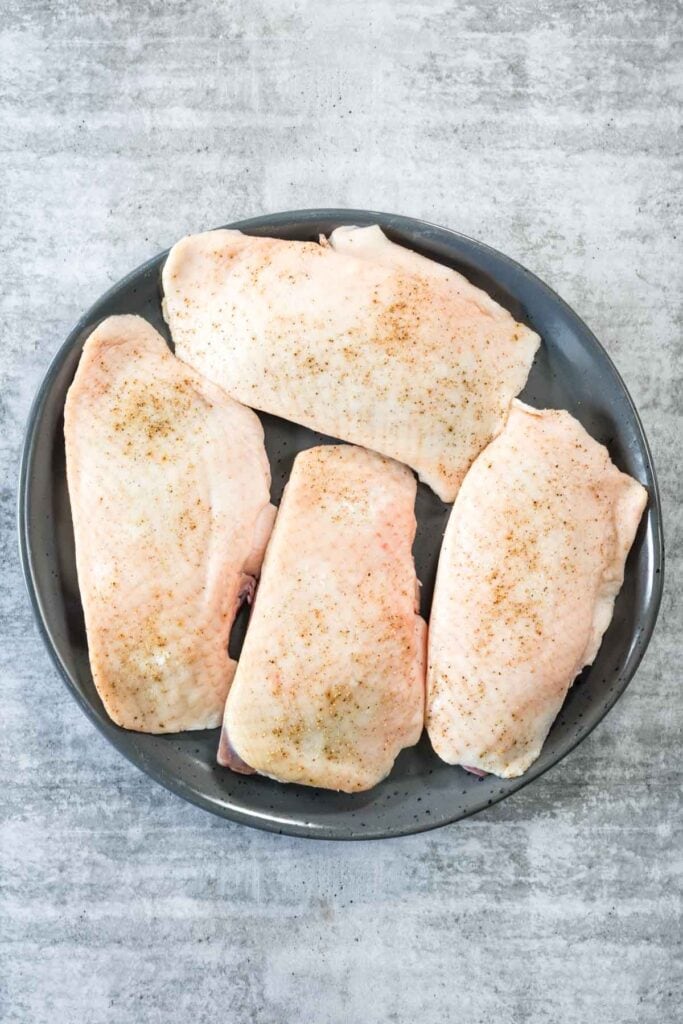
All you need for this recipe are duck breasts, salt, and pepper.
Use boneless, skin-on duck breasts weighing around 5–6 ounces (150–175g) each. Most good supermarkets sell them fresh, but you can also ask your butcher to order some in if they’re not a regular item.
Variations
Once you’ve mastered the basic technique, you can play around with flavors.
Spiced duck: Rub a little five spice powder or crushed coriander seeds into the skin before crisping the duck.
Citrus twist: Add a few strips of orange or mandarin peel to the vacuum bag for a hint of brightness.
Garlic and herbs: Tuck a small sprig of thyme or rosemary and a smashed garlic clove beside the duck in each bag.
Glazed finish: After crisping, brush the duck with honey and soy sauce or pomegranate molasses and briefly return it to the pan for a sticky, caramelized glaze.
How to make sous vide duck breast with crispy skin
View, save and print the recipe card further down in this post; read on for the visual walk-through.

Season the duck generously on both sides with salt and pepper. Place it on a plate, skin side up, and refrigerate uncovered overnight. This step dries the skin and gives the meat time to absorb the seasoning. If you’re short on time, you can skip the overnight rest and proceed right away—your duck will still be excellent.
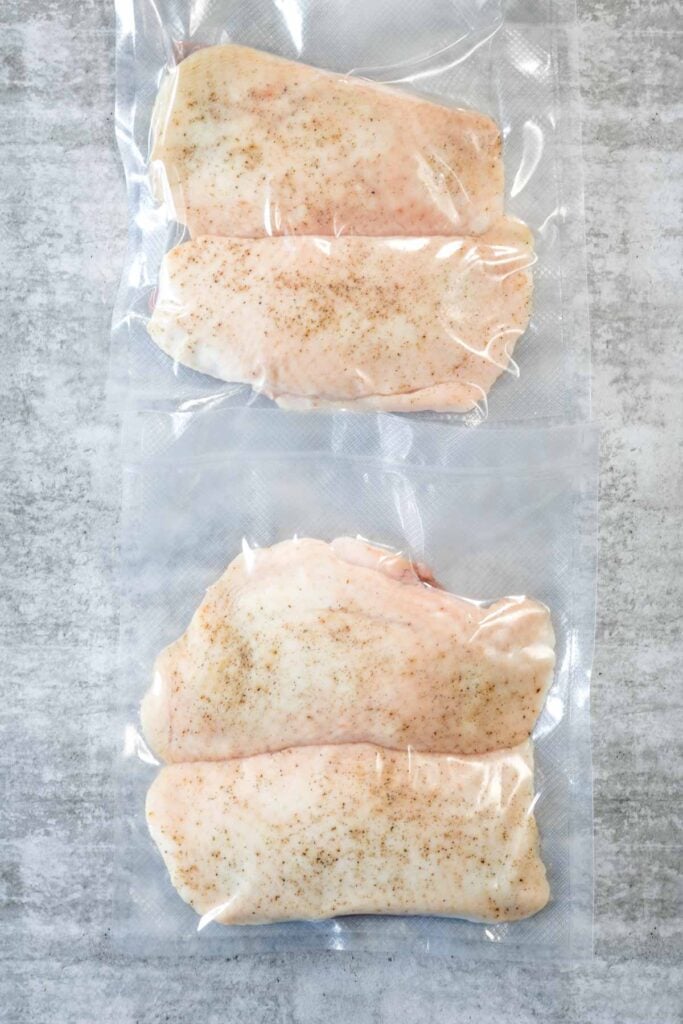
Preheat your steam oven to Sous Vide or Steam mode at 130°F/54°C (100% humidity). Place the duck breasts into vacuum bags—two per bag works well—and seal them. If you don’t have a vacuum sealer, you can use heavy-duty zip-lock bags with as much air pressed out as possible. Cook the duck in the steam oven for at least 2 hours and up to 4 hours. The low, consistent heat cooks the meat perfectly evenly from edge to center.
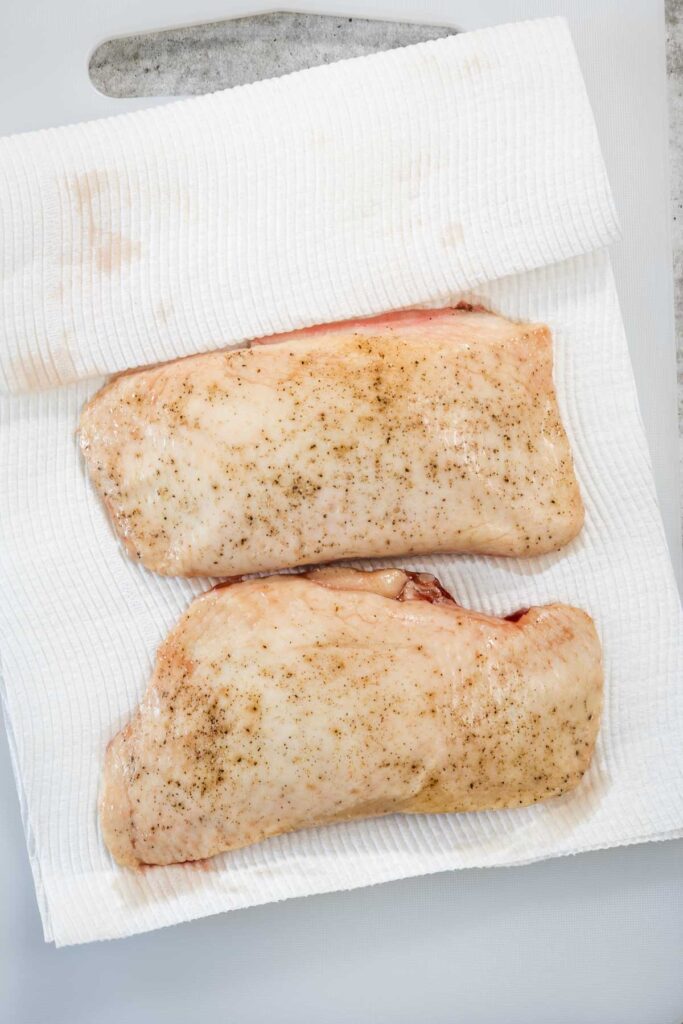
You can either crisp the duck skin right away or chill the sealed duck for up to 3 days. If chilling, let the bags cool in ice water before refrigerating. When you’re ready to serve, remove the duck from its bag and pat it very dry with paper towels—any moisture will stop the skin from crisping. Place the duck skin side down in a cold frying pan (non-stick or cast iron works best).
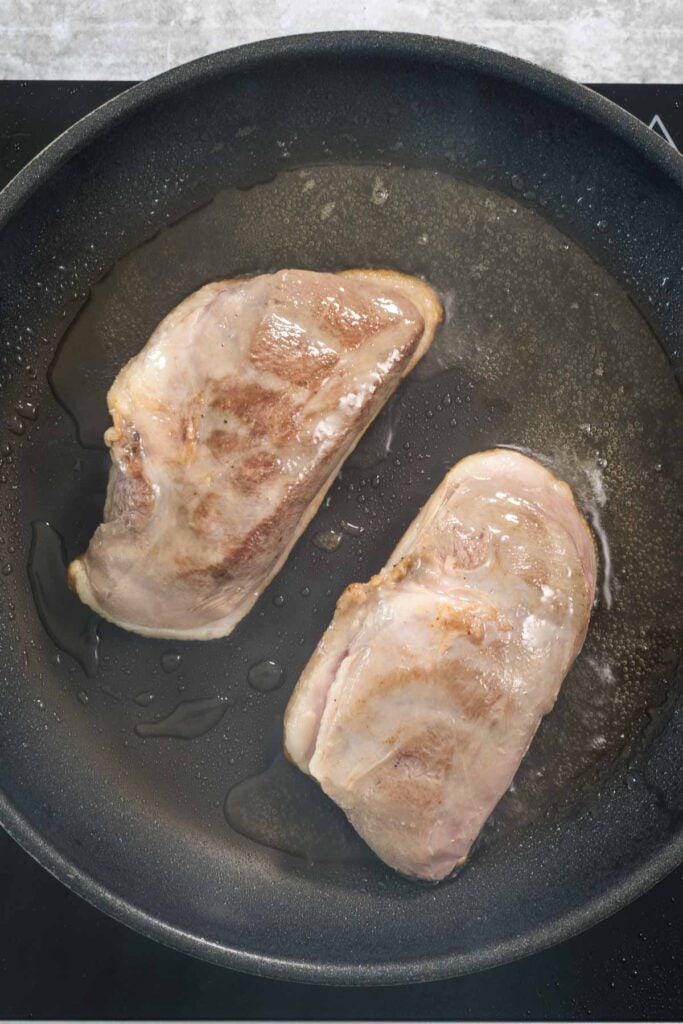
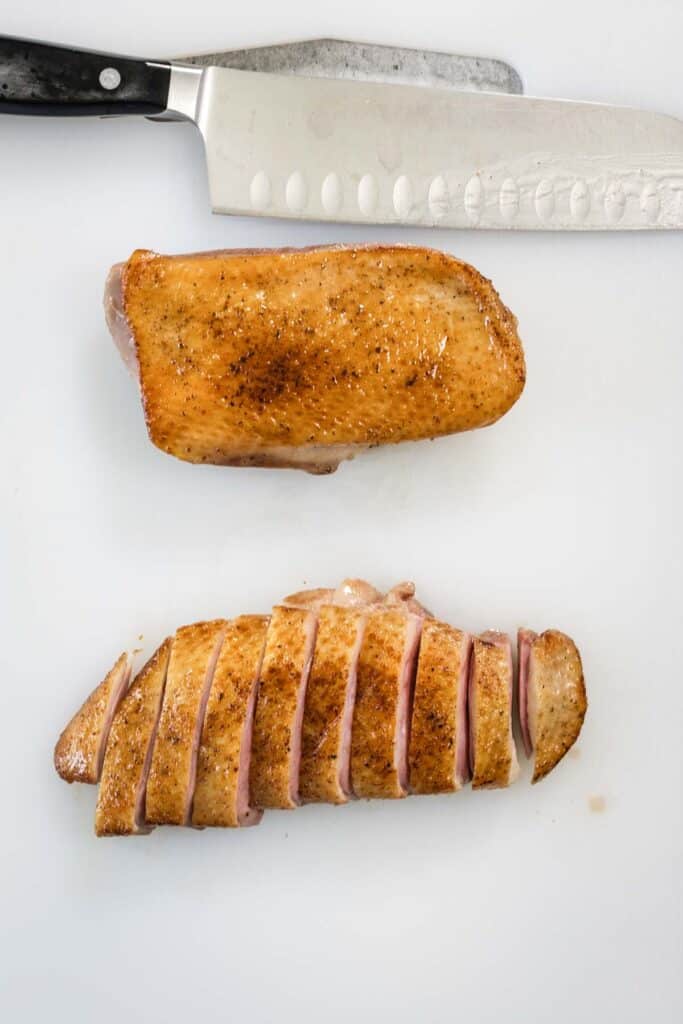
Transfer the duck to a paper towel-lined plate and let it rest for 5 minutes.

Tips for success
Season the duck a day ahead and leave it uncovered in the fridge. This dry brining step gives the meat better flavor and helps dry out the skin, which is key to getting it crisp later.
Start with a cold pan for crisping the duck. It might feel counterintuitive, but beginning in a cold pan helps render the duck fat gradually, giving you evenly crisp skin without burning.
Dry the duck thoroughly after cooking. Any surface moisture will steam the skin instead of searing it, so use plenty of paper towels before frying.
Change the temperature. If you prefer your duck cooked more than medium rare, increase the sous vide temperature to around 140°F/60°C for medium doneness.
Don’t discard the rendered fat! Strain and save it for cooking potatoes or vegetables—it’s liquid gold.
Sous vide duck breast serving and storage suggestions
Duck breast pairs beautifully with flavors that balance its richness. Think orange, plum or cherry sauce, or a drizzle of pomegranate molasses. You can also deglaze the frying pan with a splash of wine or stock and a knob of butter for a quick pan sauce.
For sides, try roasted potatoes, lentils, or brussels sprouts, and add something fresh and acidic like a bitter green salad or green beans with balsamic dressing to cut through the fat.
Leftover duck keeps well for a few days. Slice and reheat gently in a steam oven on low heat (around 175°F/80°C) to warm through without overcooking, or enjoy it cold in salads or sandwiches.
Once you’ve tried duck breast this way, I don’t think you’ll ever want to cook it any other. Sous vide duck breast guarantees perfect results every time—crispy skin, tender meat, and stress-free timing. It’s one of those techniques that feels indulgent yet effortless, making even a weeknight dinner feel special.
Spread the word
If you’ve made and enjoyed this recipe (or any others on the site!), would you leave a review and rating? Reviews are incredibly helpful to other cooks, and help me understand the sorts of content you enjoy or questions you have. You can rate and review any recipe by clicking the star icons at the top of the recipe card.
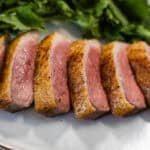
Sous Vide Duck Breast with Crispy Skin
Ingredients
- 4 duck breasts boneless, skin on, about 5 to 6 ounces (150-175g) each, see notes
- 1/2 tsp flaky salt or more to taste
- 1/2 tsp ground black pepper or more to taste
Instructions
- Season the duck generously on both sides with salt and pepper. Place it on a plate, skin side up, and refrigerate uncovered overnight before proceeding.4 duck breasts, 1/2 tsp flaky salt, 1/2 tsp ground black pepper
- When you're ready to cook the duck, preheat your oven to Steam or Sous Vide, 130°F/54°C (100% humidity). For best results, seal duck in vacuum bags (I do two per bag for easy handling, but depending on the size of your bags you could do all four in one). Put the duck into the preheated oven for at least 2 hours and up to 4 hours.
- When cooked, you can either proceed with the finishing steps immediately, or chill the duck for up to a few days in the vacuum bags. If you're proceeding straightaway, remove duck from bags and dry thoroughly with paper towels.
- Place duck breasts skin side-down in a heavy-bottomed non-stick or cast iron frying pan (yes, we're starting with a cold pan) and set over medium-high heat until sizzling, about 2 minutes. Reduce the heat to medium and cook until the skin is golden brown and crisp, about 5 minutes, moving and pressing the duck to ensure you get good contact between skin and pan. Turn and cook the other side until just colored, about 30 seconds. Transfer to paper towel-lined plate and allow to rest for 5 minutes.
- To serve, slice the duck breasts crosswise into 1/2-inch (12mm) slices and serve warm.
Notes
- Buying duck. Many good supermarkets now stock fresh duck breasts; this is how I purchase mine. You can also ask your butcher to supply them; if they don’t carry duck as a standard item they’ll be able to order some in.
- Do I need to season and rest the duck a whole day beforehand? It’ll be better flavored if you do, but if you need same-day duck, just season, vac seal and proceed. It’ll still be excellent.
- Why is the duck pink? Duck breast, unlike the darker leg meat, is at its best served medium rare, so it will be pink cooked at the given temperature. If you prefer your duck cooked more, you can bump the sous vide temperature up a few degrees in your steam oven and aim for medium doneness instead.
- Do I have to cook the duck in a bag? I am all for bagless sous vide in my steam oven. But I do find that this recipe works best with vacuum sealed meat. The fat surrounds the duck breasts better as it begins to render out during cooking, giving a more juicy and tender end result. If you don’t have a vacuum sealer you’ll be able to get a similar result using zip-lock bags with the air squeezed out.
- What should I serve with my duck breasts? So many options here! Plum sauce, mustard or pomegranate molasses are great accompaniments, as is orange sauce made with fresh juice and butter or pan drippings from when you crisped up the skin. For side dishes, I like something carby (potatoes, bread, lentils, grains) as well as something acidic like a vinegar dressing on vegetables or salad, to cut the fattiness of the duck.
